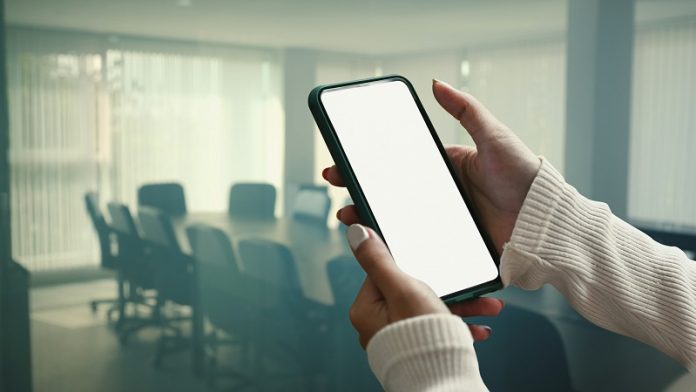
Imagine downloading movies or sending files not through traditional Wi-Fi, but through light—faster, more secure, and without interference.
This is the promise of Li-Fi, or Light Fidelity, a new way of wireless communication that uses visible light (like that from LED lamps) instead of radio waves.
It’s much faster than Wi-Fi—up to 100 times faster—but until now, it had some big challenges, especially when it came to security.
Now, a team of Korean researchers has developed a new kind of Li-Fi device that not only speeds up data transmission but also makes it more secure.
The work comes from Professor Himchan Cho’s team at the Korea Advanced Institute of Science and Technology (KAIST), in partnership with Dr. Kyung-geun Lim of the Korea Research Institute of Standards and Science.
Their breakthrough could help Li-Fi become a serious option for future communication systems.
What makes their technology special is that it can send out light signals while also encrypting the data at the same time.
Normally, secure communication requires extra devices to scramble and unscramble data, but this new Li-Fi device does it all on its own. This makes the entire process faster, more efficient, and safer.
The researchers created a light-emitting device using eco-friendly materials called quantum dots. These are tiny particles that can emit very bright light when electricity is applied.
In this case, the team used a special design with microscopic holes, or “pinholes,” in a thin electrode layer. When electricity passes through these pinholes, it focuses into tight spots and lights up the quantum dots.
This design allows the device to send out two separate streams of information at once—basically doubling the data that can be transmitted. It also means the device can encrypt that data as it goes out, reducing the risk of hacking or data theft.
The device also performs well by today’s technical standards. Its brightness was more than ten times higher than that of a smartphone screen, and its efficiency (called “external quantum efficiency”) reached 17.4%, which is very close to what’s needed for commercial use.
To understand exactly how the device works, the team used a technique called transient electroluminescence analysis. This allowed them to study how light is emitted from the device in extremely short bursts, lasting just nanoseconds.
Professor Cho said this new device solves major issues in today’s optical communication systems and could become a key technology in future applications where secure and high-speed communication is essential—such as in hospitals, defense, or financial systems.
Source: KSR.



